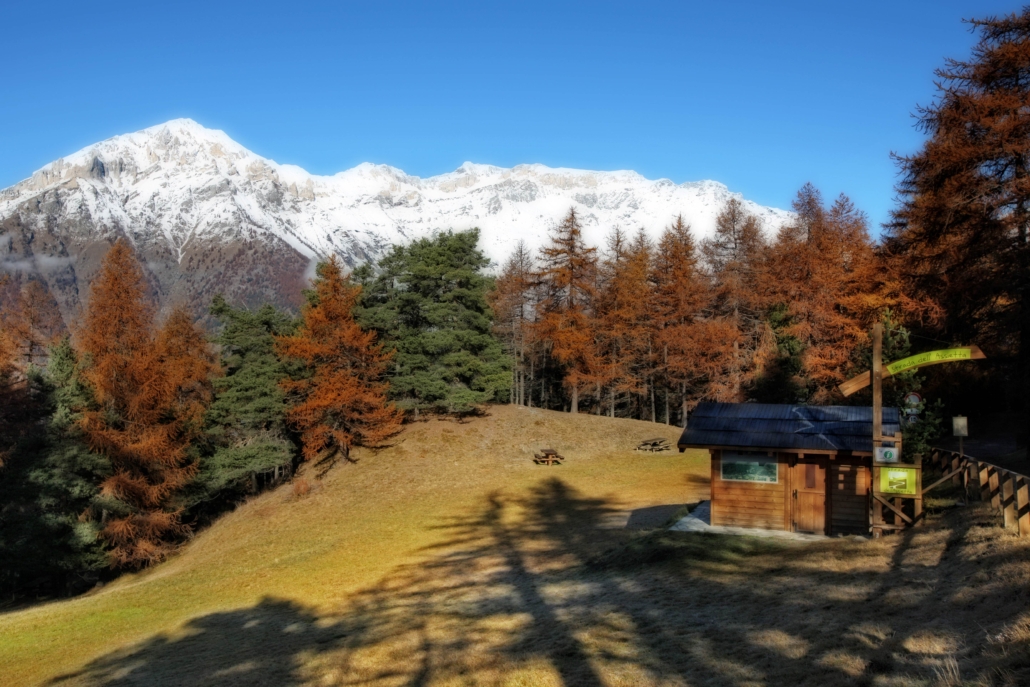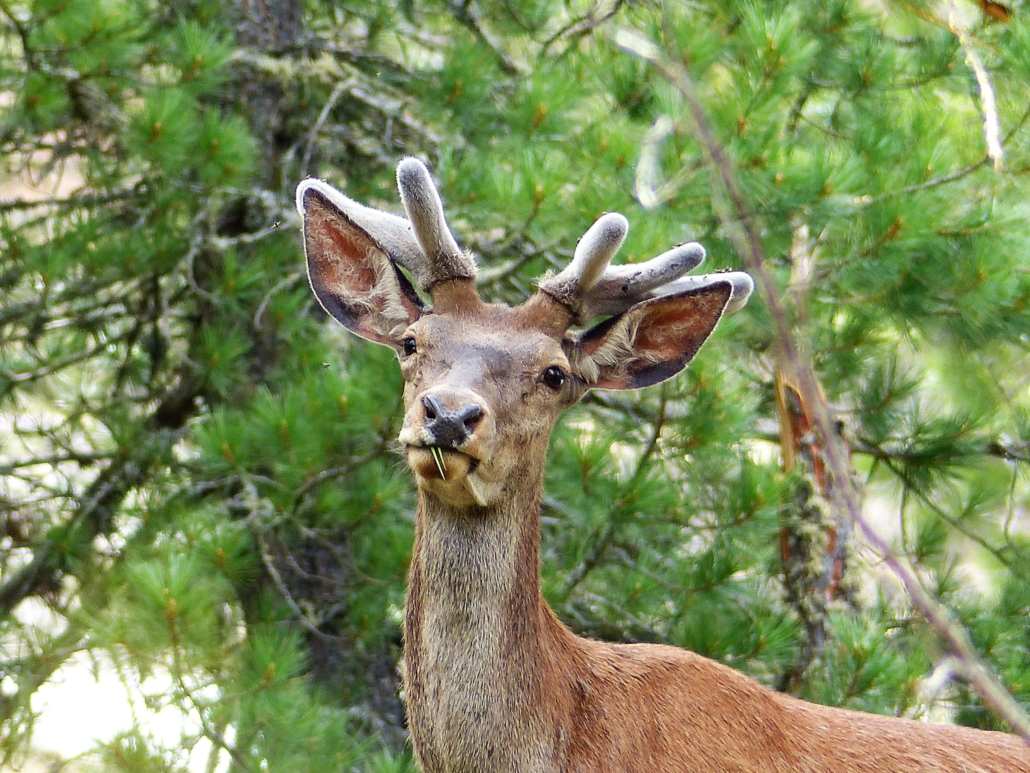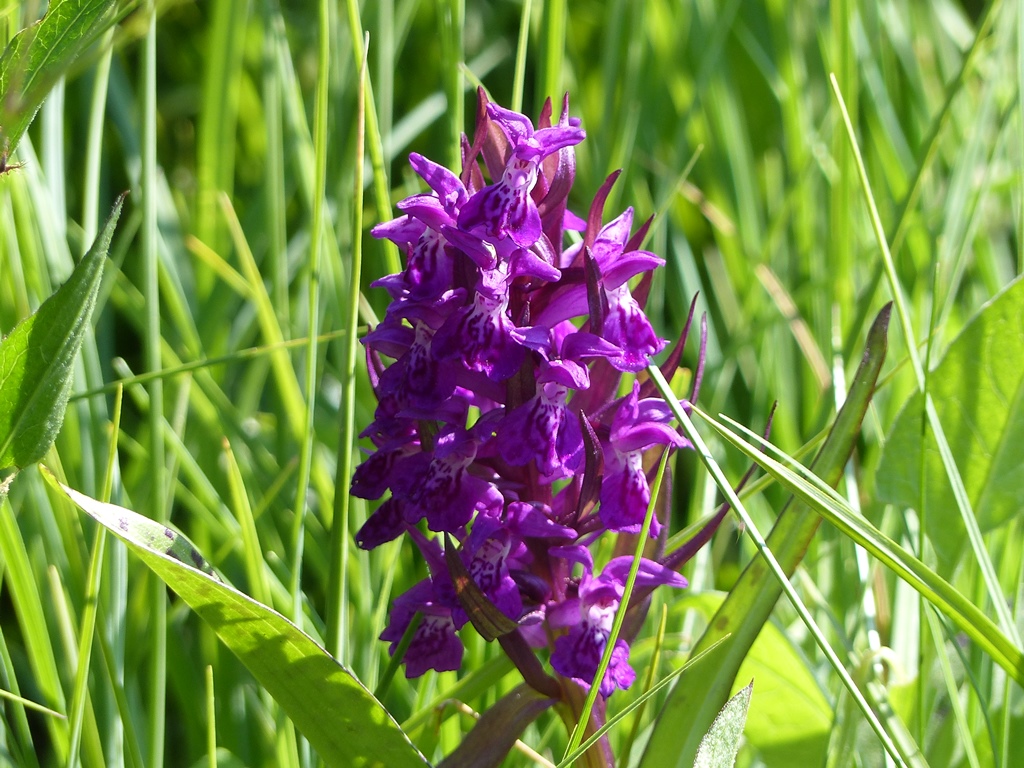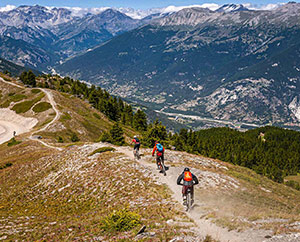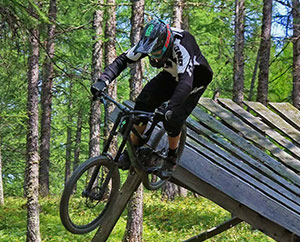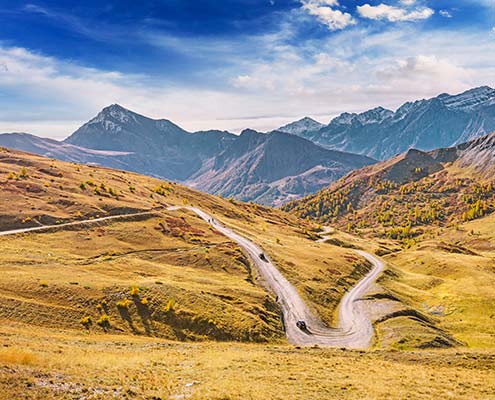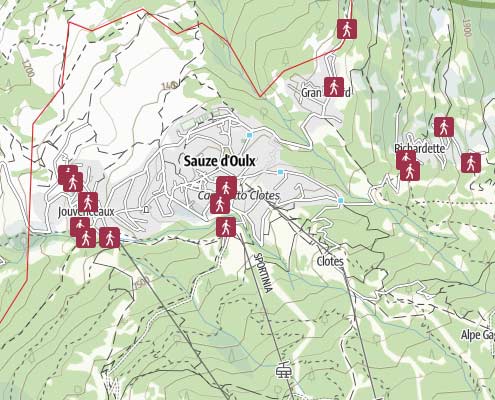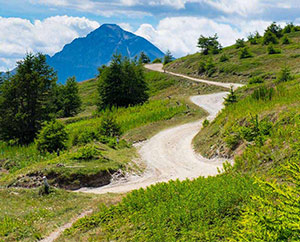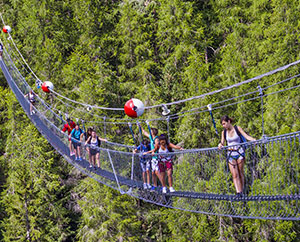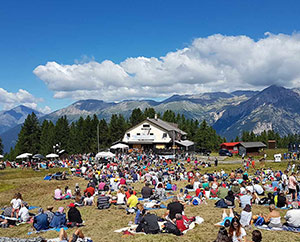NATURAL AND LANDSCAPE RESOURCES
Sauze d’Oulx is surrounded by thick woodlands characterised mainly by larches which, being the only deciduous Alpine conifer, turn all shades of yellow in autumn, creating exquisite chromatic effects that contrast with the snow-covered peaks.
The eastern part of the territory, on the other hand, is occupied by a large mixed forest of silver fir and Norway spruce, practically unique in the Piemonte alpine area: the Gran Bosco di Salbertrand Natural Park.
Another beautiful sight of Sauze d’Oulx is Lake Laune, at an altitude of 2,043m, reachable in every season from the former Alpine Experiment Station: it is a small basin of glacial origin, fed by a spring that draws water from the surrounding aquifers.
In summer, the charming Lake Nero is worth a visit, located above Sportinia at 2,350m: also of glacial origin, its name presumably derives from the colour of its waters, darkened by the muddy bottom, or as some say by the cloudiness caused by the cows that used to drink from it.
Natural resources include the wildlife oasis between Sportinia and Pian della Rocca, a nesting area for the gallo forcello (Tetrao tetrix tetrix), a bird that is a symbol of our mountains and also included in the list of Piemonte bird species.
GRAN BOSCO NATURAL PARK
The Gran Bosco Natural Park (Big Forest) is a beautiful place for hiking, mountain biking and, in winter, snowshoeing, in the midst of a wild forest.
The Gran Bosco extends from 1,000m above sea-level to 2,600m. It was established in 1980 to protect the enironment including firs and the wide range of larches and Swiss stone pines. 70% of the area is covered with woodlands, while the remaining 30% is covered with pastures and high-mountain grasslands. The wildlife is extremely varied with about 70 species of nesting birds and 21 species of mammals, among them deer and chamois.
The area, prior to being made a national park, provided (circa. 1700) the timber used for the beams used in the great military and civil works of engineering, including the Arsenal in Turin, Basilica of Superga, and Venaria Reale Castle.
FAUNA
The great variety of environments and flora in the Gran Bosco offers an ideal habitat for a very rich fauna. Birds of prey include Goshawks, Sparrow Hawks, Buzzards, Kestrels and some Golden Eagles. Among the nocturnal birds of prey there are Tawny Owls, living at the lowest altitudes, plus Eagle Owls and, in the fir forests, Tengmalm’s Owls using for its nest the cavities dug by the Black Woodpecker.
Other birds include the Ptarmigan and the Black Grouse and Rock Partridge plus Nutcrackers and Stone Pines which eats pinenuts.
Among the mammals there are hares (European hare and Arctic hare), squirrels, marmots plus foxes, ermine, weasel, marten, stone marten, and badger. Chamois has always been lived in the area, wild boar also live here as do deer.
In 1997 wolves were reintroduced to the Park.
FLORA
The Gran Bosco has wide variety of more than 600 species of flora, among which are some of the most important forest species in Piemonte.
At the border with the meadows (at the bottom of the valley), there’s a considerable area covered in broad-leaf trees, among which Ash Trees, Birches, Maples, and Alders and thin populations of Beech Trees as well as some Yew trees.
As you move to higher altitudes, you enter the realm of conifers. In the driest and sunniest areas and on the most superficial and rocky soils there are Scotch Pines, sometimes covered in big mistletoe bushes. Between 1300 and 1800 meters the area is dominated by Silver Firs and Spruce Firs which extend to the eastern border of the Park. Towards the upper limit of the fir forest it is also possible to find Larches and Stone pines – very rare in the Western Alps – with the wonderful Stone pine forest of the Piccolo Bosco.
The presence of two rare herbaceous species is worth mentioning: Corthusa Matthioli, a Primulacea found in very few places on the southern slope of the Alps, and Menyanthes Trifoliata, characteristic of the areas with brackish water, once largely widespread in the rice fields of Piemonte and today practically disappeared.


